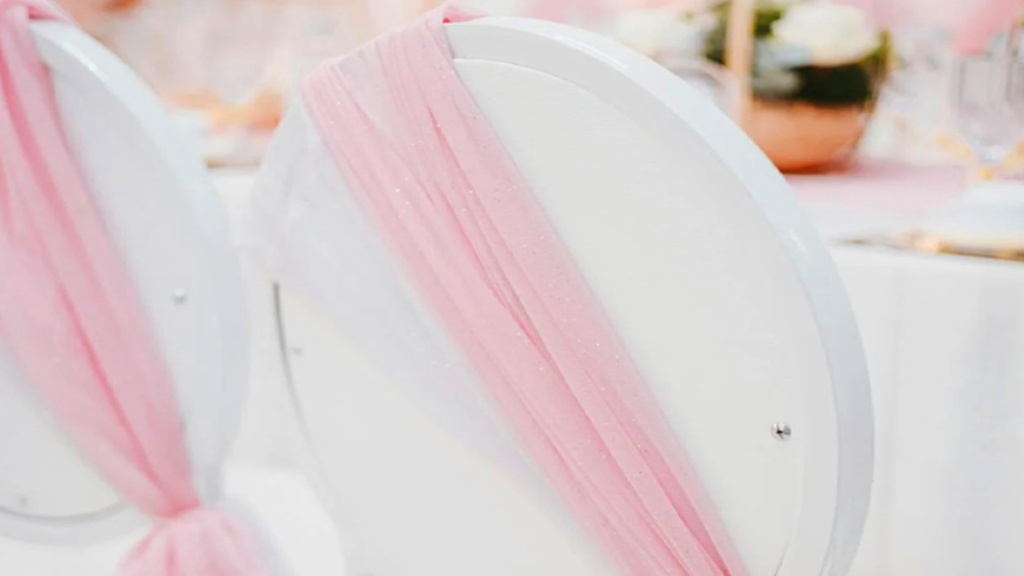
Pink is a fascinating color for so many reasons. Beyond the hues on the spectrum, pink colors hold so much cultural significance and weight across societies worldwide. Now, I’m not an anthropologist or historian (although I find the subjects fascinating), but I have been asked as a color specialist to provide some commentary and insights on pink several times lately on why the color is making its way onto the headlines.
During the summer of 2023, at the height of the Barbie movie craze, I spoke with the Washington Post about how pink plays a silent but significant role on screen. It tells a visual story and adds depth to the characters and their world. Removing pink colors from the Barbie world makes it a very different place.
For this article, I wanted to provide some context on pink and discuss some of the fascinating history behind it. I think you’ll be surprised at the complexity of its history around the world. A color that often gets a bad rap as overly feminine has multiple cultural identities, giving it a whole new meaning; read on, and I think you will see it in a completely new light!
Generally speaking, pink has shared a common thread of associations throughout different cultures. Again, generally, pink is synonymous with harmony, femininity, romance, tenderness, and compassion. Now, that’s just a glossary example of pink’s identity, as each region/culture will have layers of meaning to add to it.
Here are some examples of pink’s significance in Eastern cultures:
In Japan, pink is traditionally linked with cherry blossoms, which themselves are symbols of beauty, renewal, timelessness, and the transient nature of life; wearing pink in Japan implies that the body is in good health!
In India, pink is often associated with hospitality, and it holds special significance in Hinduism as a color of celebration and festivity.
In Thailand, men will wear pink at weddings – yes, the “Pha Hom” or “Mongkol” pink headdress symbolizes good luck and prosperity. Thai brides used to wear pink, too, although now, the bride often wears white with pink sash.
In Korea, pink colors imply trust and represent innocence and purity, so they are very popular in children’s clothing and toys for both boys and girls.
Today, most Americans who grew up in the latter half of the 20th century are familiar with the gender associations of pink. The color has been ubiquitous in marketing toward women and girls as a sign of femininity, whereas blue is often used to associate with masculinity. Funny enough, this wasn’t commonplace until the mid-20th century. During the 18th and 19th centuries in the United States, U.K., and France, pink was considered a masculine color, as it was identified as a lighter shade of red, and red was the masculine color that ruled them all.
Currently, while pink is still heavily associated with femininity (Barbie being a prime example), strict gender-color guidelines are becoming outdated. Colors are becoming less binary with association and representation.
Pink is a color that arose from blending red and white; red implies passion, power, and strength, while white implies purity, innocence, and serenity. To me, pink stands for “passion, compassion, and politeness.” No matter what gender we are, or culture we come from, we can all relate to these emotions, and pink color applications are evolving to represent this sentiment.
Softer, delicate pink can help us connect with our emotions and be more relaxed and unguarded. For interior color placement, I have chosen colors for several doctor’s offices, and they find that people are more forthcoming and open when the spaces are painted a very light pink. This is because light pinks have a disarming presence; they are both soothing and relaxing, and they provide contentment.
Brighter pinks imply more self-assuredness and self-confidence. As a color, it expresses a clear identity. Bright, bold, and loud pinks scream youthful radiance! While certainly not appropriate for most interior spaces as a base color, bold pinks are great for accent touches, as they bring a spark of energy and confidence to the understated neutral color palettes.
Picture your teen’s bedroom. You may have been hesitant to choose a hot pink for the walls or ceiling, but curtains, drapes, or throw pillows in such a color would add the balance of pop and energy they desire!
I love some pinks; it’s hard not to. It’s one of those colors that can work in so many different applications, and whether on the softer/lighter or bolder/brighter side, it never goes unnoticed; pink will always draw the attention it’s after.
I appreciate how pink has evolved over the years, and even more so, I love how it’s a color of bold expression, passion, and compassion. Pink is now synonymous with women’s movements and the well-known fight against breast cancer; everyone from athletes to politicians are wearing it to raise awareness for the battle against the disease. Pink is a message carrier with a real purpose. While the message will change from generation to generation, pink will always be front and center to deliver it. I’m confident that when pink is chosen to represent any movement, it will get the attention it deserves!
So, how do you feel about pink? Do you use it in your design efforts? Please share your thoughts and feelings with me; I always love hearing them!